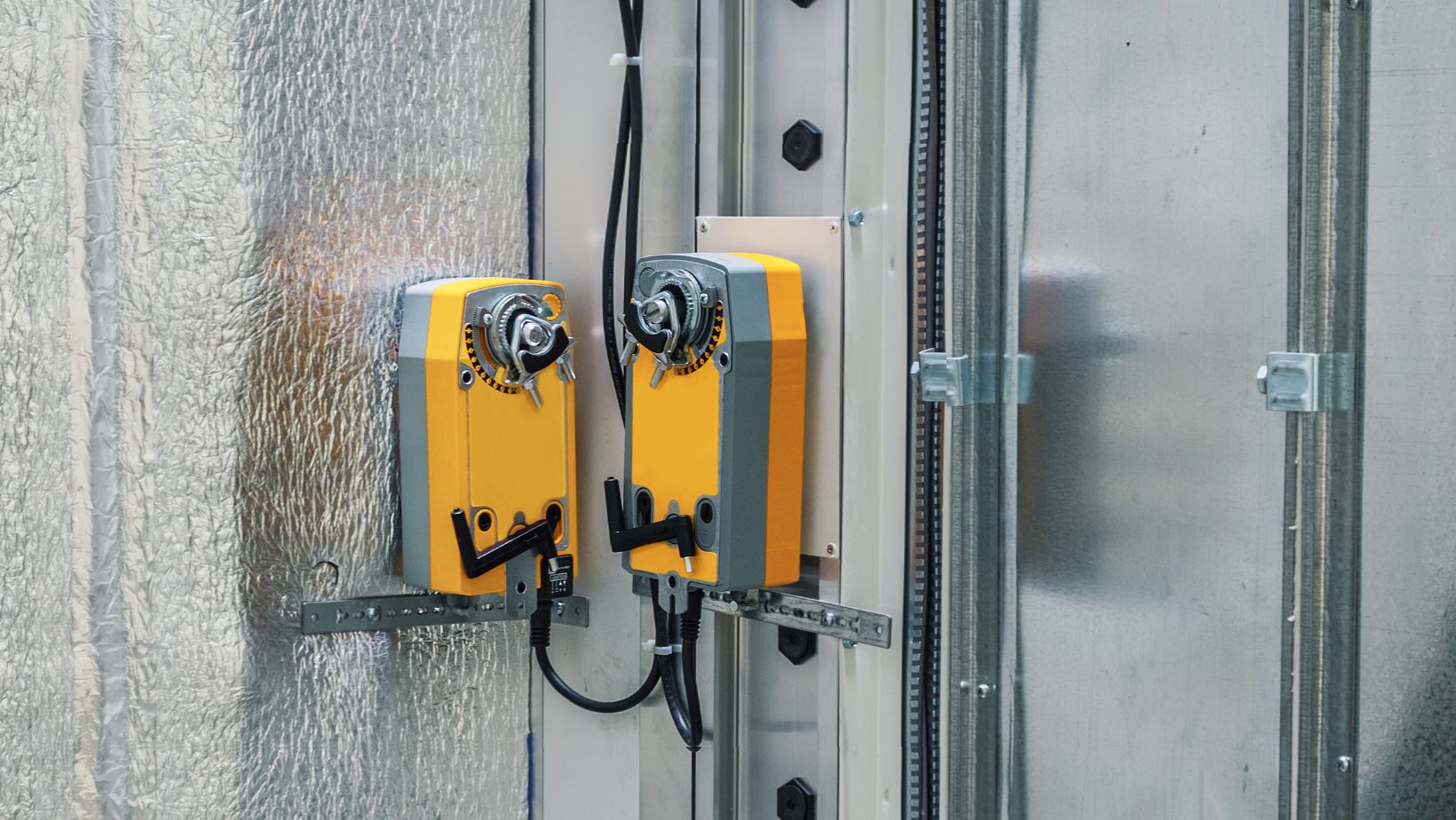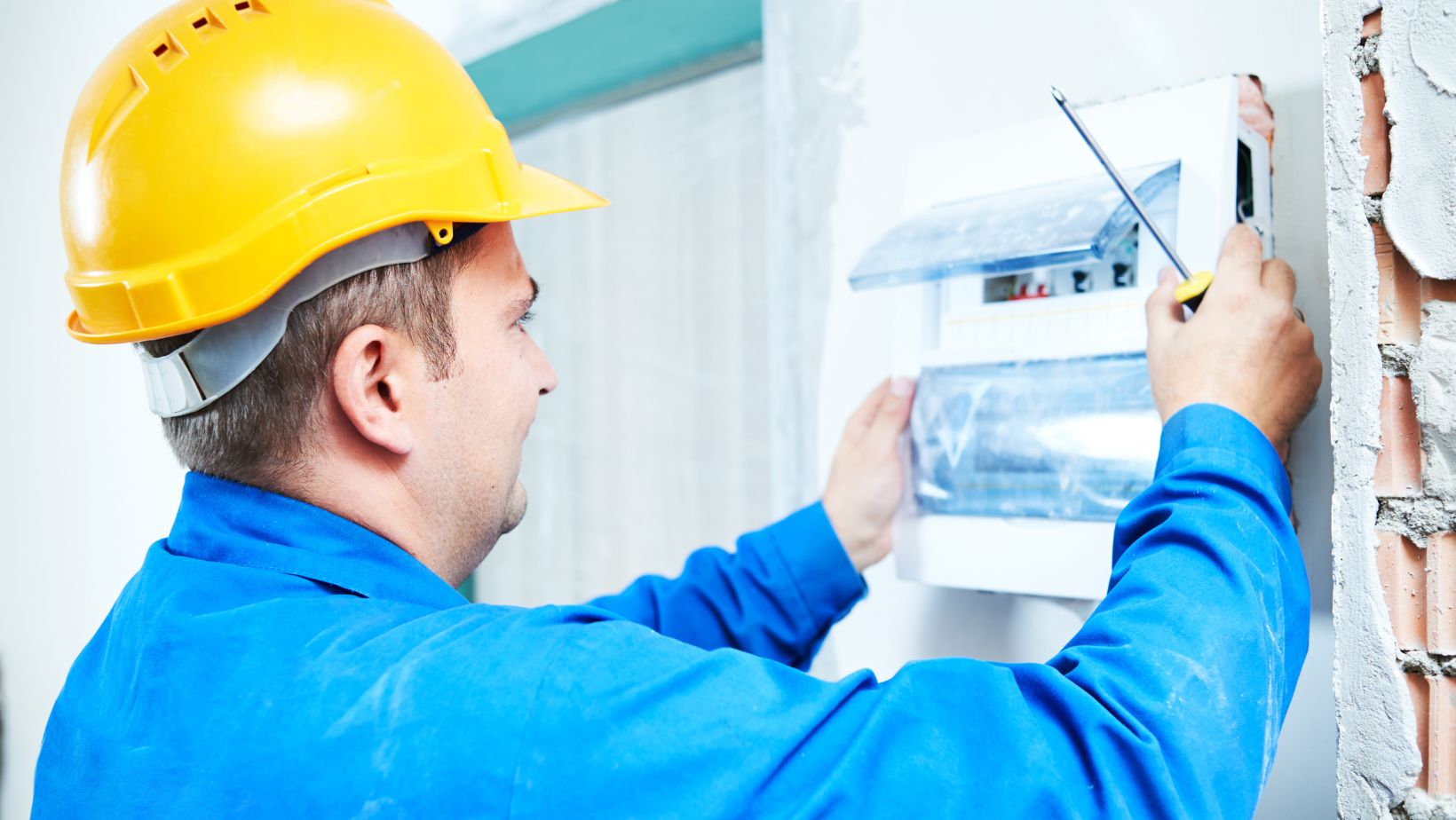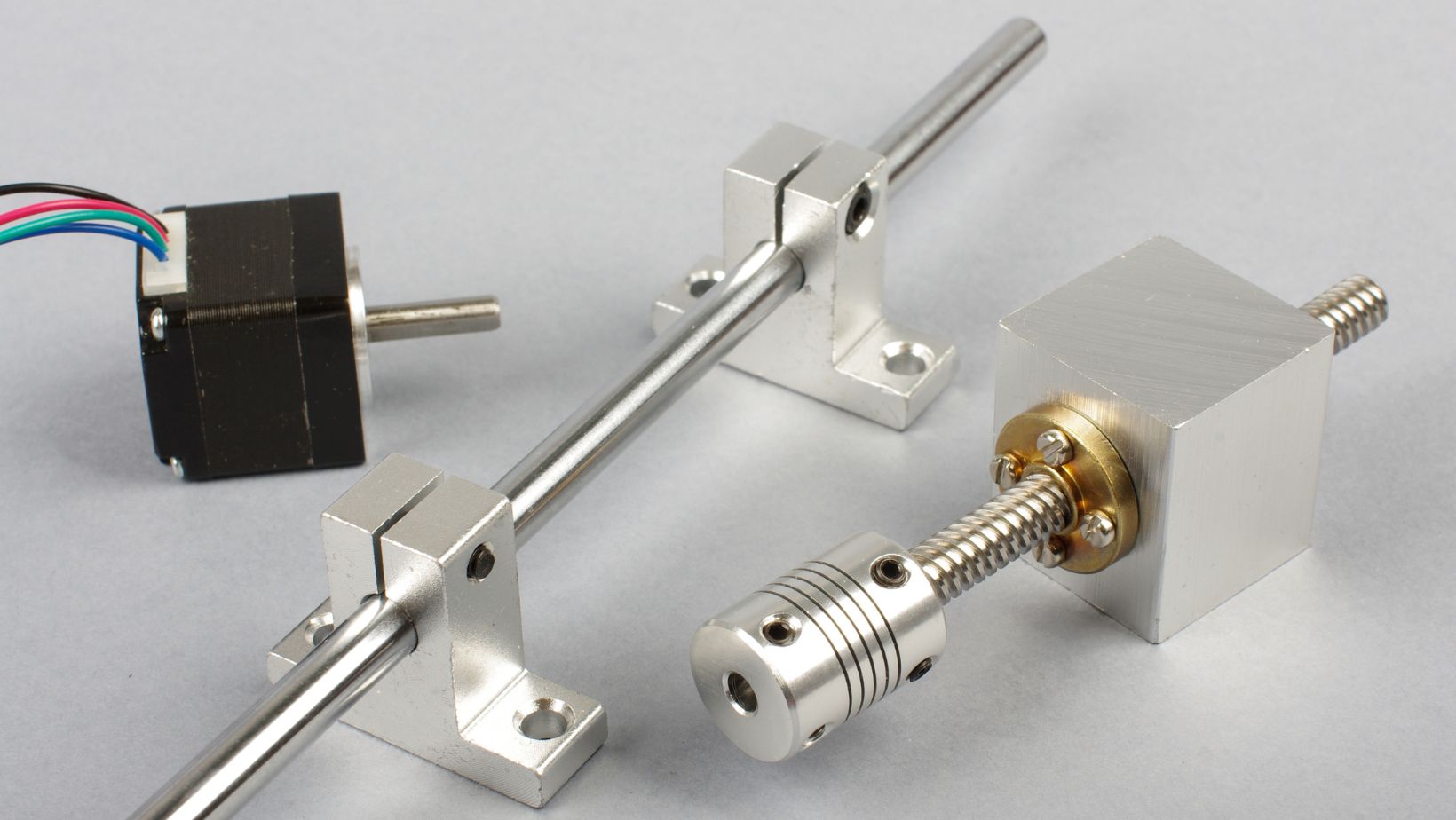Linear Actuators Enhance the Comfort of the Greenhouse

Agriculture is much more efficient today thanks to innovations like greenhouses. These controlled spaces provide an ideal environment for different plants and species to grow. However, they can sometimes be complex to handle. Nevertheless, the conservatories can be a lot more comfortable with linear actuators. Here, we’ll discuss just how these motion devices enhance the comfort of the greenhouse.
How Linear Actuators Work
Linear actuators are simple devices in terms of structure. How they operate is also not complex. Yet, they can deliver optimal motion in several automation tasks.
Different types of linear actuators exist based on their power source. However, the most common are electric actuators. Not only are they the most used, but they are also highly efficient. They fit in a wide range of automation features in greenhouses.
Furthermore, their life span is also relatively long. So, linear motion devices in greenhouses can last for years, depending on the application. When there’s a need for an upgrade, purchasing a replacement actuator is cost-effective, as the devices are not expensive. Also, since they’re simple, installation won’t be difficult.
Linear Actuator Role in Automated Greenhouses
With linear actuators in greenhouses, there are a lot of benefits to leverage. The majority of them revolve around comfort. That’s why the devices are known to make the conservatory more comfortable. Let’s discuss some notable advantages when linear actuators are applied to greenhouses.
Temperature Control
Here, it doesn’t only mean shifting between warm, cold, and hot temperatures. It involves doing so with precision. Greenhouses can feature heating and cooling systems, which can be optimized with linear actuators. Besides HVAC systems, the actuator’s work can be as simple as opening and closing window vents.
The comfort advantage is that the setup won’t need any manual intervention. Instead, the actuator will auto-adjust the temperature based on the environment. That can mean a consistent climate for the plants, which helps them grow.
Different plants will demand different temperature levels to yield. So, linear actuators can also help with sectioning. That means it’s possible to regulate the temperature in a particular area by programming the travel distance of the motion device.
Smart Shading Solutions
Shading is crucial in greenhouses to ensure plants get optimal sunlight. Linear motion devices can be instrumental here. Smart shading solutions use actuators to adjust with accuracy for optimal light conditions.
The solutions aren’t necessarily what are purchasable from shops. It can be as simple as setting up a curtain, screen, or window with a linear actuator. Now, there’ll be no need to adjust the screen or curtain by hand. All it’ll take is the press of a button, which is more comfortable. Some actuators may even have sensors and operate on their own.

Of course, one can’t talk about plants without mentioning photosynthesis. That’s why optimized lighting with smart solutions is helpful for greenhouses. Besides ensuring plants receive accurate sunlight, the solutions will also help avoid light stress.
Energy-efficient Operation
It’s also comfortable and convenient when less money yields better results. That’s obtainable with linear actuators. It involves energy efficiency, which means reducing power consumption to the minimum.
By default, greenhouses will rely a lot on electricity. Running power 24/7 can be expensive, so saving costs whenever possible is ideal. Linear actuators can help by introducing adaptive systems.
The idea is that light, temperature, and humidity systems work with precision. They adjust to provide only the required output depending on the environment. How temperature systems work here was discussed earlier. With such energy-efficient operation, greenhouse facilities will record reduced costs in the long run.
Automated Irrigation
Plant irrigation is one of the many tasks in agriculture that no longer has to be done by hand. In greenhouses, this is evident as well. With linear actuators, irrigation becomes comfortable since the plants get precise water distribution. Consider drip irrigation systems. They can be automated using linear actuators for accurate water regulation.
Another notable application is in adjustable height irrigation systems. With such a setup, the systems move up and down. It sounds simple but has significant benefits. The idea is that the shifting height will accommodate plants at different growth stages. So, from sowing to harvesting, the plants get consistent coverage.
Finally, there are customizable irrigation grids. These are more or less automated gates and barriers. They create customized irrigation zones with different water levels. It’s possible and comfortable to use linear actuators to move the gates and barriers with precision.
Considerations and Implementation Tips
There are some considerations to note regarding greenhouses and linear actuators. By taking them into account, implementation becomes more effective.
Any greenhouse can use linear actuators. However, it’s best and easy to integrate motion devices if the layout is favorable. For instance, there should be an allowable shading option for smart shading to work. The same goes for others, like ventilation. So, it’s ideal that greenhouse designers and automation specialists work together.
Furthermore, there’s the question of energy. Since one of the key comforts is conserving power, it’s best if the greenhouse uses a renewable source. Many linear actuators are energy-efficient by default. For the greenhouse, solar can go a long way to help here. It’s still possible to optimize the solar panels using linear actuators. That way, they auto-adjust in the sun’s direction for more light absorption.

Another important consideration is the control system. The quick idea is to go for one that’s most accessible. But the two main options are remote and sensors. Remote control works best in bridging automation and manual. The motion devices will move on their own, but only when activated. With sensors, it’s full automation. The devices will act based on certain triggers, which are usually programmable.
Conclusion
Linear actuators have applications in many industries. The agricultural sector is one of the most beneficial, reflected in greenhouses. In many ways, linear actuators can improve performance in greenhouses. They make management much easier and more comfortable for owners. Consequently, that also means better health and growth for the plant. Despite their high performance and reliable nature, linear actuators remain simple.
-
Personal Finance12 months ago
How Do I Find My UCAS ID Number?
-
Success6 years ago
Consistency: The Key Ingredient to Success
-
Personal Finance12 months ago
What Does Conditionally Approved Mean For An Apartment?
-
Motivation3 years ago
How To Become a More Organized Person?
-
Others5 years ago
Work Health and Safety: 8 Reasons to Maintain a Clutter-free Office
-
Entrepreneurs4 years ago
Why Diversity is Key in Business Marketing
-
HK Pools12 months ago
The HK Pools Forum Comunity Jos Markotop 2D Warna Kuning – A Great Way to Stay Connected
-
Sport2 years ago
What Makes Soccer Betting So Great?



























